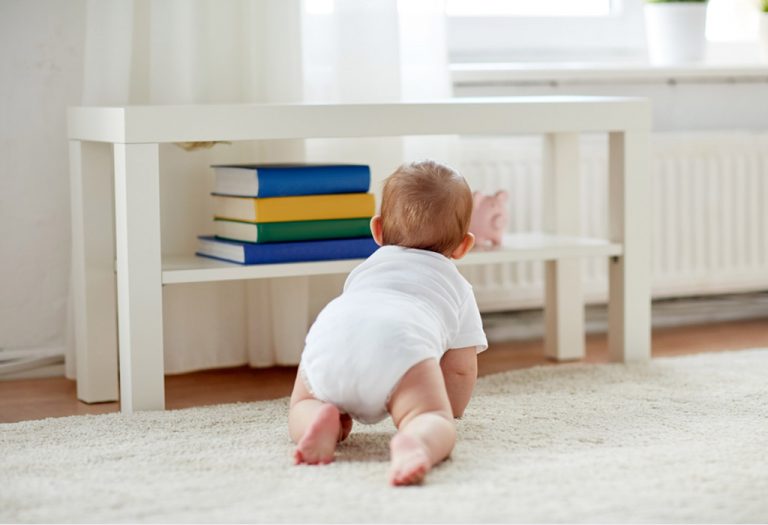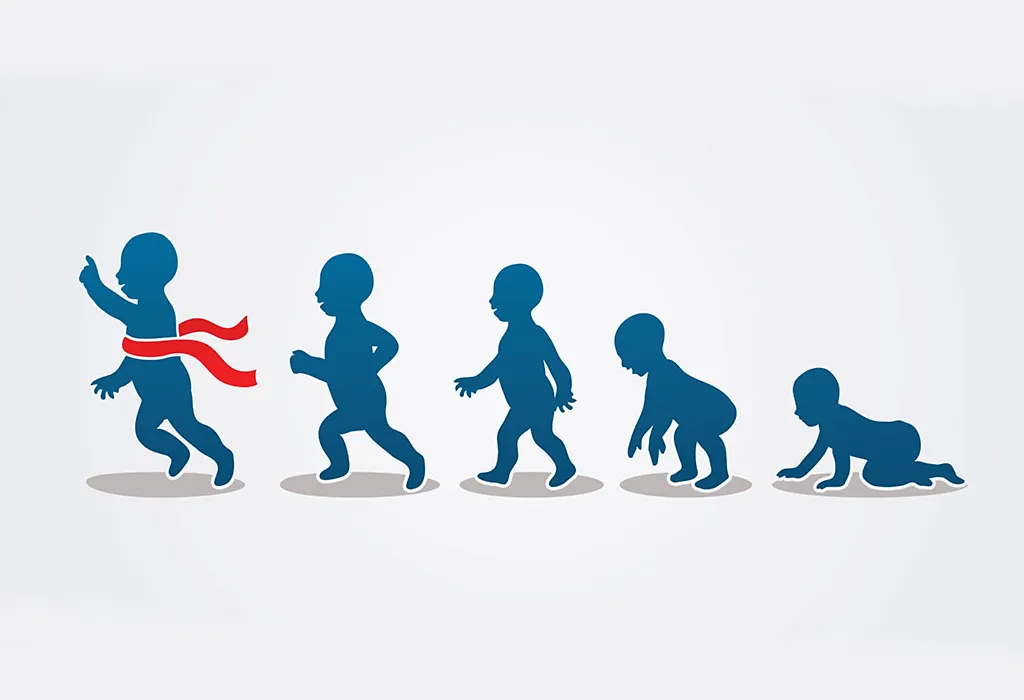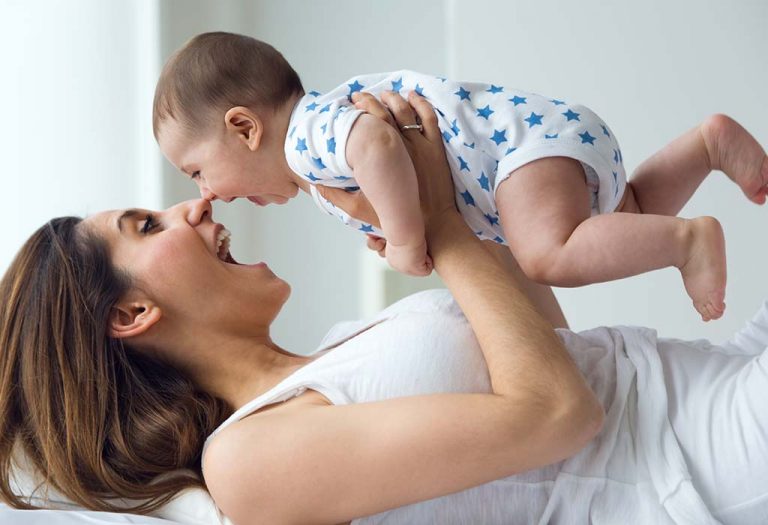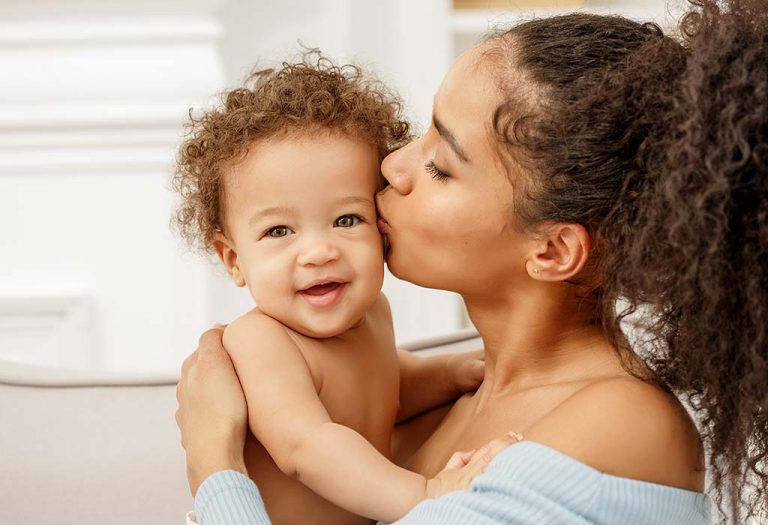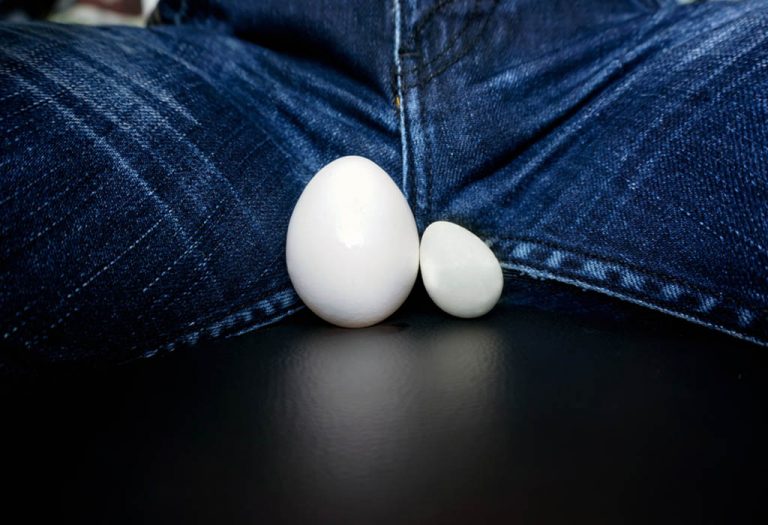When Do Babies Start Crawling – Timing, Types and How to Help

Crawling is one of the most important developmental milestones for children in their first year of lives and the first step on the way to walking. Baby crawling not only allows a child to move around independently but also helps them build essential physical and cognitive skills. This activity aids in learning coordination, balance, and forward locomotion while strengthening muscles in the arms, legs, and core. Additionally, crawling encourages spatial awareness, problem-solving abilities, and visual tracking, laying the groundwork for more complex movements. It is a crucial phase in a child’s journey toward achieving greater mobility and independence.
When Do Babies Start to Crawl?
At what age do babies crawl? Most children start crawling somewhere between 7 and 10 months of age, but babies commonly start crawling around month 9 or 10. That said, some babies may learn to crawl later or may skip this milestone altogether and start walking.
Signs That Your Child is Ready to Crawl
There are many stages to crawling. While each child’s experience is different, it is important that your child learns to crawl. Many children will learn in different ways such as ‘bottom shuffling’, rolling or pushing forward with their stomachs, but some will learn differently. Similarly, each child will be ready to crawl at different points, though there are some common signs that you should look out for in your baby.
The signs baby is ready to crawl include:
- Being able to sit easily without support
- Being able to hold the head up and look around
- Noticeably stronger leg, arm and back muscles
- Being able to rock back and forth
As your baby begins to show these signs that they are ready, engage them in ways that allow them to develop these capacities even further, such as giving them floor time on their stomach, providing toys to play with, and ensuring safe spaces to practice crawling.
Benefits of Crawling
Crawling is a key developmental milestone that offers more than just mobility. It plays a vital role in building a child’s physical strength, coordination, and cognitive abilities. Below are some of the significant benefits of crawling:
- Crawling helps strengthen the arms, legs, back, and core muscles, preparing the child for walking and other activities.
- It develops hand-eye coordination as the baby moves both sides of the body in a coordinated manner.
- Crawling requires maintaining balance, which helps improve overall stability.
- The process of moving and exploring the environment enhances spatial awareness and problem-solving skills.
- Repeated crawling motions refine motor skills, improving precision and control over movements.
- Crawling stimulates the senses as the baby touches, sees, and navigates different surfaces and surroundings.
- Crawling activates both sides of the brain, aiding in neural connections essential for learning and communication.
- It enables the baby to explore the environment independently, boosting confidence and curiosity.
Types of Crawling Styles in Babies
The most common types of crawling styles for babies are the ‘commando crawl’ and the ‘bottom scoot’. The commando crawl usually happens when the baby is on the stomach and wriggles forward, while the bottom scoot is when the baby moves forward using his bottom.
Other styles of crawling include:
- The Roll – The baby will often roll back and forth until they get the hang of forward motion.
- Bear Crawl – From a downward pose, the baby will often put his legs behind him high in the air, and then move back and forth on his hands and feet.
- Crab crawl – The baby uses his arms to push himself backwards instead of forward.
- Leapfrog crawl – The baby gets on his hands and knees and use this pose to push himself forward.
- Classic crawl – The baby gets on his hands and knees and moves forward by alternating his leg and arm.
- Tripod crawl – The baby moves with his hands and only one knee, allowing the other one to take a rest.
Stages of Baby Crawling
Crawling is an exciting milestone that progresses through various stages as your baby learns to move independently. Each stage builds on the previous one, helping the baby gain strength, balance, and coordination. Below are the common stages of baby crawling:
- Rolling Over: Between 4 to 6 months, babies often become more physically active. During this time, they may begin rolling over and attempting to sit upright with minimal support.
- Creeping: Before mastering crawling on hands and knees, babies may start by creeping. This involves using their bellies to push themselves forward, serving as an early form of crawling.
- Crawling: Around 7 to 10 months, babies typically experiment with various crawling techniques as they explore their surroundings and learn to move independently.
- Cruising: As babies develop stronger arms and legs, they begin pulling themselves into a standing position. They might take small, supported steps while holding onto furniture, preparing for their first independent steps.
How Do Babies Learn to Crawl?
There are some exercises to help a baby crawl. To begin crawling, most children will start on their stomachs, which allows them to look around and develop muscle strength. Engaging the child with objects and obstacles will stimulate them to move forward, and eventually, they will be able to forward motion with their new muscle strength to begin crawling. If the child is not getting mobile in some other way, you should figure out how to help them move in a way that allows them to gain the necessary coordination to begin crawling and later walking.
Note: Some prematurely born babies will begin to crawl or walk later than their peers.
Crawling is tough for children and involves cognitive, motor, and visual-spatial skills. To be able to crawl, children need to partake in activities that allow the muscles in their back, neck, shoulders, core and arms to develop. They must be able to support their weight and balance. Most children will also need to develop their ‘binocular vision’, which allows them to focus on targets that help them to move. Crawling can also help them to build their depth perception, though some depth perception will also allow them to begin to move. As crawling progresses, it can help babies develop skills in navigation and memorization.
What If Your Baby Isn’t Crawling?
You should not become too stressed if your child does not move as quickly as other children, or if some methods don’t work as well as others. Your child will crawl when he is ready and able to. Some parents get become nervous if the baby is not crawling at 10 months, but this is not necessarily a cause for concern as long as they are demonstrating other forms of motion.
If some form of motion has not developed by the year mark, it may be worth mentioning to your physician.
How to Help Your Baby Crawl?
While most children will learn to crawl on their own without much assistance, many children will need a little help and guidance from their parents. You may be wondering how to teach a baby to crawl.
Some tips for helping your child to develop their muscle strength and begin moving include:
- Stomach Time – Spending time on their stomachs helps children develop the strength to hold their bodies up and move.
- Forcing Them To Move Their Hands – Enabling them to lift their head is a good workout for the child which is also building their muscles at the same time.
- Moving Toys Around – Making playtime fun and entertaining your child with toys can help the baby to start crawling. Putting objects out of reach will help to move their bodies and develop muscle strength.
Some other tips for helping your baby to crawl relate mainly to the individual needs of the parent. Some parents like to use concrete methods like a tunnel or a game of peekaboo, while others use ways like imposing time limits on being sedentary. In general, it is a good idea during the early stages to involve your child in activities that will help them develop the skills that will lead them to be able to crawl.
Other Tips for Safe Infant Crawling
There are many recommendations across the board for what to do when your baby starts crawling. Most of these involve childproofing either your home or the area where your child will be crawling or learning to crawl.
Some tips for childproofing include:
- Put Up Stairway Gates – Use boxes to help them crawl them upstairs, but cover them in protective material until they are comfortable with moving on the stairs.
- Providing Safe Toys and Objects as Incentives to Move – Remove choking hazards, sharp objects and breakables that your child could get their hands on.
- Remove Obstructions – Common obstructions include dangling cords, exposed outlets, heavy furniture and electronics that are not secured.
Other tips for safe infant crawling include:
- Using the support of older siblings
- Not leaving the child alone or unsupervised
- Making sure the surfaces your child is crawling on are clean
- Promoting safe techniques for moving (Ex: no objects that could fall over, no early climbing)
What’s Next After Crawling?
After crawling, children (through practice) will slowly develop the skills which give them the mobility to walk. Once children start pulling themselves up onto furniture and using other objects to steady themselves, you will know that your child is getting ready to walk. Once they are able to gain sufficient balance to be able to stand on their own legs, children will be able to move while holding on to furniture or objects, and eventually without help whatsoever. From here, it is just a matter of being to learn the other necessary skills of movement, including, for instance, running, jumping and leaping.
FAQs
1. Can the type of floor affect my baby’s crawling development?
Yes, the type of floor can impact crawling. Hard surfaces like wood or tile provide better grip for hands and knees compared to slippery or plush surfaces like rugs. Using non-slip mats can make crawling easier for babies.
2. Why does my baby crawl with one leg out?
Some babies adopt a unique crawling style, like scooting with one leg out to the side. This is often just a variation in the crawling technique and is usually not a cause for concern unless it’s accompanied by other developmental delays or asymmetrical movements.
3. Can early crawling lead to bowed legs?
No, crawling does not cause bowed legs. This is a common misconception. Bowed legs in babies are typically due to their natural bone alignment at birth, which usually corrects itself as they grow.
Crawling is an important developmental milestone for your baby, and it can understandably be a source of great concern. Crawling over how many months for baby development typically depends on the individual child, but most start between 7 to 10 months. Though children will learn at their own paces and will often crawl in different ways. There will be many signs that your baby is ready to crawl, and you should try to encourage them to do so in a safe way. Crawling, undoubtedly, is an important step on the way to walking. A crawling baby explores their surroundings with curiosity, developing strength, coordination, and independence along the way.
References/Resources:
1. Baby moves; NHS; https://www.nhs.uk/start-for-life/baby/baby-moves/
2. Childproofing Your Home – Several Safety Devices to Help Protect Your Children from Home Hazards; U.S. Consumer Product Safety Commission; https://www.cpsc.gov/safety-education/safety-guides/kids-and-babies/Childproofing-Your-Home
3. Cazorla-González. J, García-Retortillo. S, Gacto-Sánchez. M; Effects of Crawling before Walking: Network Interactions and Longitudinal Associations in 7-Year-Old Children (International Journal of Environmental Research and Public Health); National Library of Medicine; https://pmc.ncbi.nlm.nih.gov/articles/PMC9100207/; May 2022
4. Signs Your Baby is Ready to Crawl; Pathways.org.; https://pathways.org/watch/signs-baby-is-ready-to-crawl/
5. Walle. E; Infant Social Development across the Transition from Crawling to Walking; Frontiers in Psychology; https://www.frontiersin.org/journals/psychology/articles/10.3389/fpsyg.2016.00960/full
6. Crawling Styles; American Academy of Pediatrics; https://www.healthychildren.org/English/ages-stages/baby/Pages/Crawling-Styles.aspx
7. Milestone Moments Checklist; CDC; https://www.cdc.gov/ncbddd/actearly/pdf/ltsae-checklist_compliant_30mcorrection_508.pdf
Also Read:
Baby Walking Milestones
Baby Creeping Milestone
When Do Baby Start to Sit?
W-Sitting Positions in Babies
Was This Article Helpful?
Parenting is a huge responsibility, for you as a caregiver, but also for us as a parenting content platform. We understand that and take our responsibility of creating credible content seriously. FirstCry Parenting articles are written and published only after extensive research using factually sound references to deliver quality content that is accurate, validated by experts, and completely reliable. To understand how we go about creating content that is credible, read our editorial policy here.






